Astronomers Spot Potentially Habitable ‘Eyeball’ Planet with Ocean Surrounded by Ice
Astronomers have uncovered a fascinating exoplanet, LHS-1140b, located 50 light-years from Earth. Discovered in 2017, this planet was initially thought to be a “mini-Neptune.”
However, recent observations suggest it may be an “eyeball” planet, featuring a central ocean surrounded by ice. This discovery could point to potential habitability.
New Findings with the James Webb Space Telescope
Using the James Webb Space Telescope (JWST), scientists have re-examined LHS-1140b and found it to be icier and wetter than previously thought.
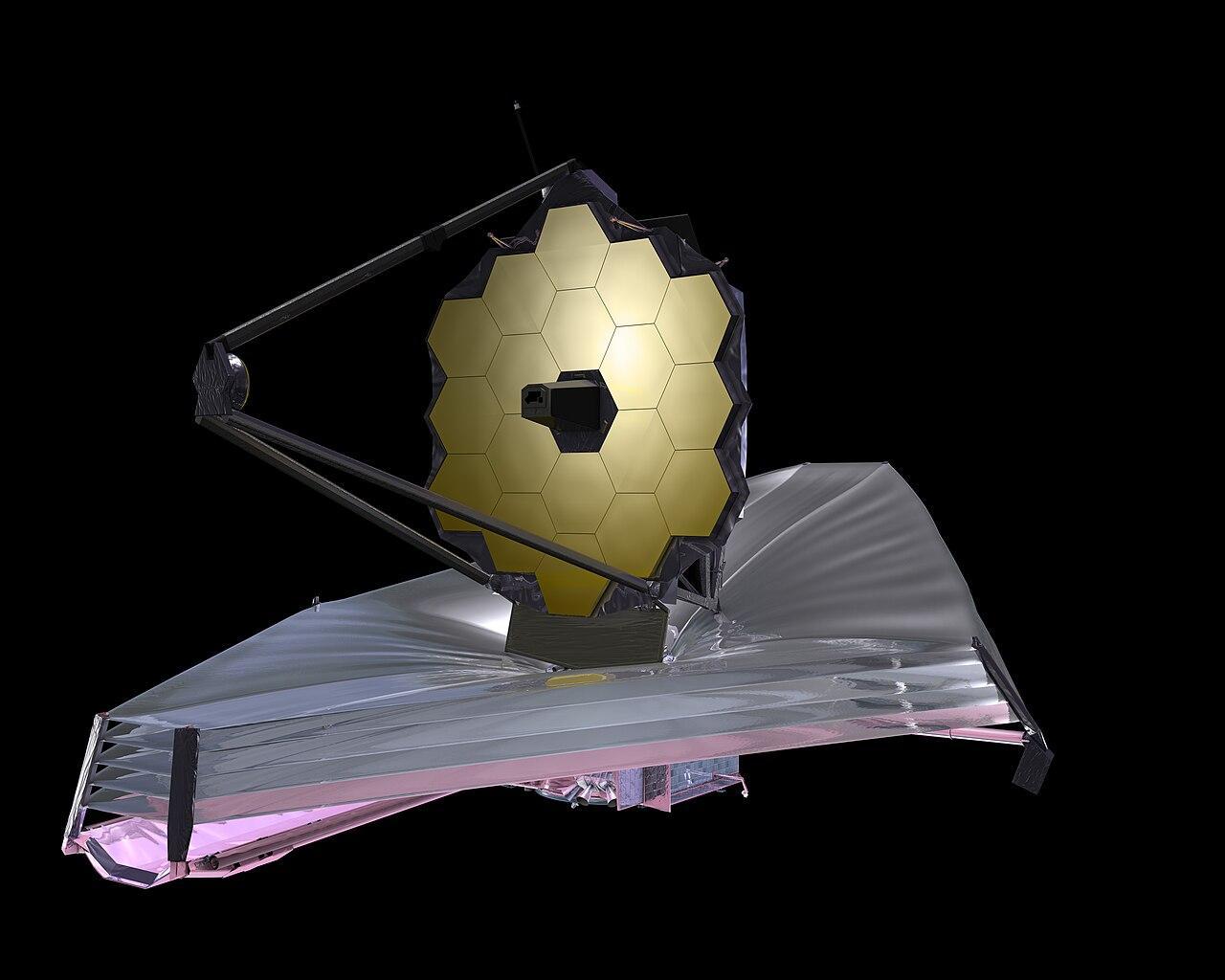
Source: Wikimedia
The JWST’s advanced instruments detected signs of nitrogen, suggesting a nitrogen-rich atmosphere. These findings are a significant step towards understanding the planet’s potential for supporting life.
A Closer Look at LHS-1140b
LHS-1140b is roughly 1.73 times wider than Earth and 5.6 times its mass. It is tidally locked to its host star, meaning one side always faces the star while the other remains in darkness.
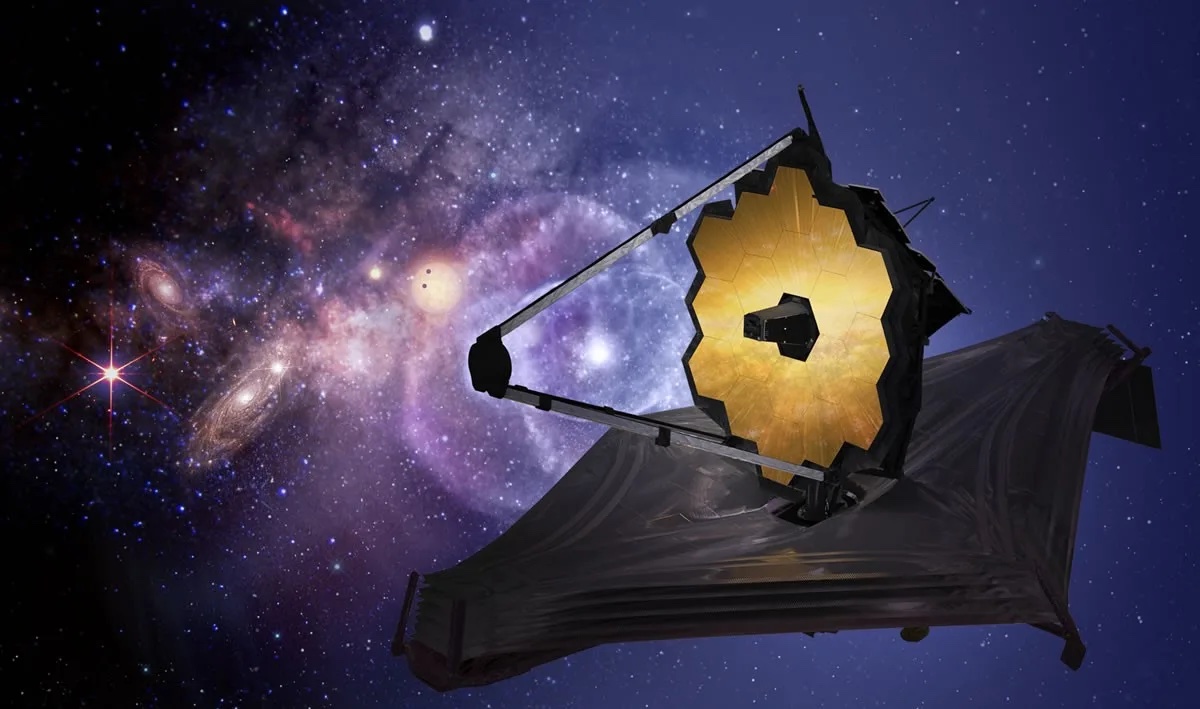
Source: NASA
This unique characteristic results in an “eyeball” appearance, with a central ocean exposed to the star’s warmth.
The Goldilocks Zone Explained
The planet’s proximity to its red dwarf star places it within the “Goldilocks zone,” where conditions are just right for liquid water to exist. If the star were like our sun, the planet’s close orbit would make it uninhabitable.
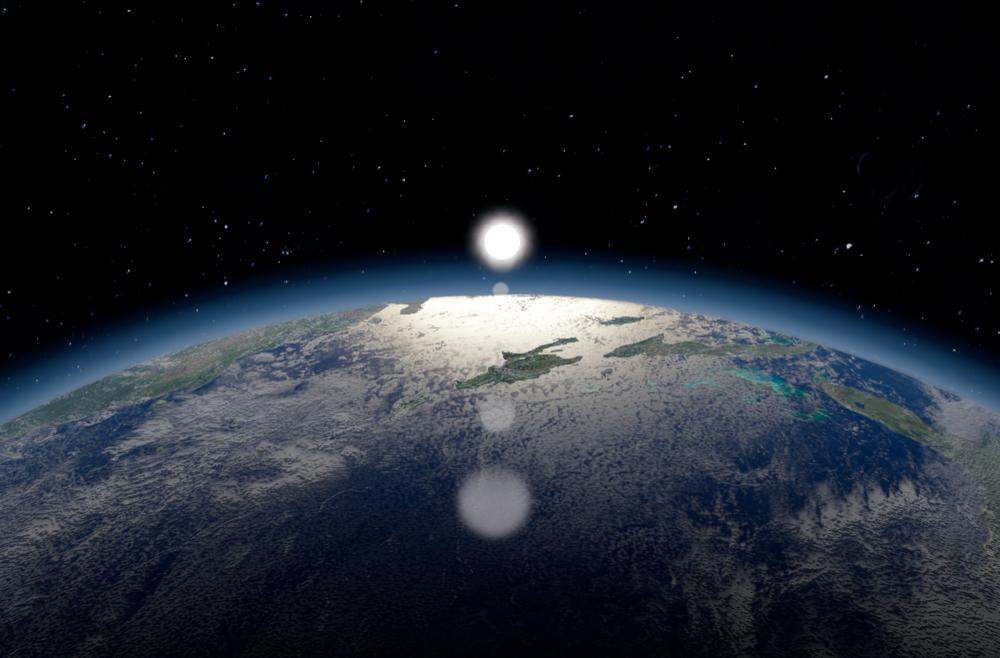
Source: Wikimedia
However, the cooler temperature of the red dwarf allows for a potentially habitable environment.
Potential for Liquid Water
One of the most exciting aspects of LHS-1140b is the possibility of liquid water. Researchers believe the planet’s “iris” side could reach temperatures of 68 degrees Fahrenheit.

Source: Freepik
This warm region may create a habitable environment, with a central ocean surrounded by ice.
Nitrogen in the Atmosphere
The JWST’s observations revealed signs of nitrogen in LHS-1140b’s atmosphere. Nitrogen is a key component of Earth’s atmosphere and is crucial for supporting life.
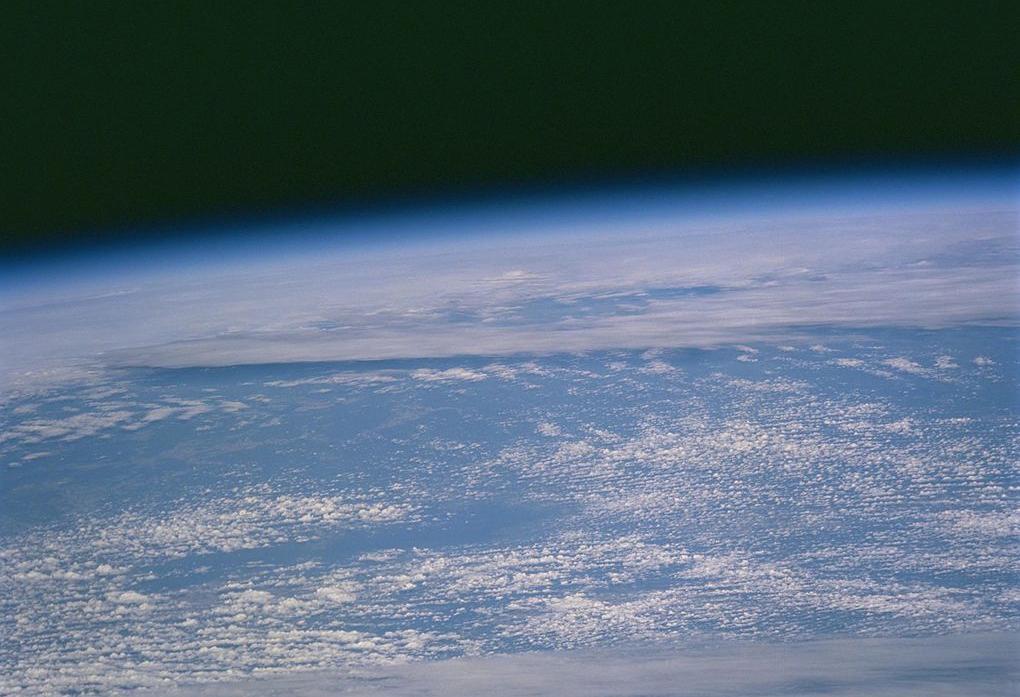
Source: Wikimedia
This discovery adds to the planet’s potential habitability, making it a prime candidate for further study.
Future Observations Needed
While the initial findings are promising, more data is required to confirm the presence of a nitrogen-rich atmosphere. René Doyon, a co-author of the study, noted that detecting an Earth-like atmosphere on LHS-1140b will push JWST’s capabilities to its limits.

Source: Wikimedia
Additional observations over the next few years are necessary to gather more evidence.
The Importance of the James Webb Space Telescope
The JWST plays a crucial role in the study of exoplanets like LHS-1140b. Its advanced instruments allow astronomers to analyze the atmospheres of distant worlds in unprecedented detail.
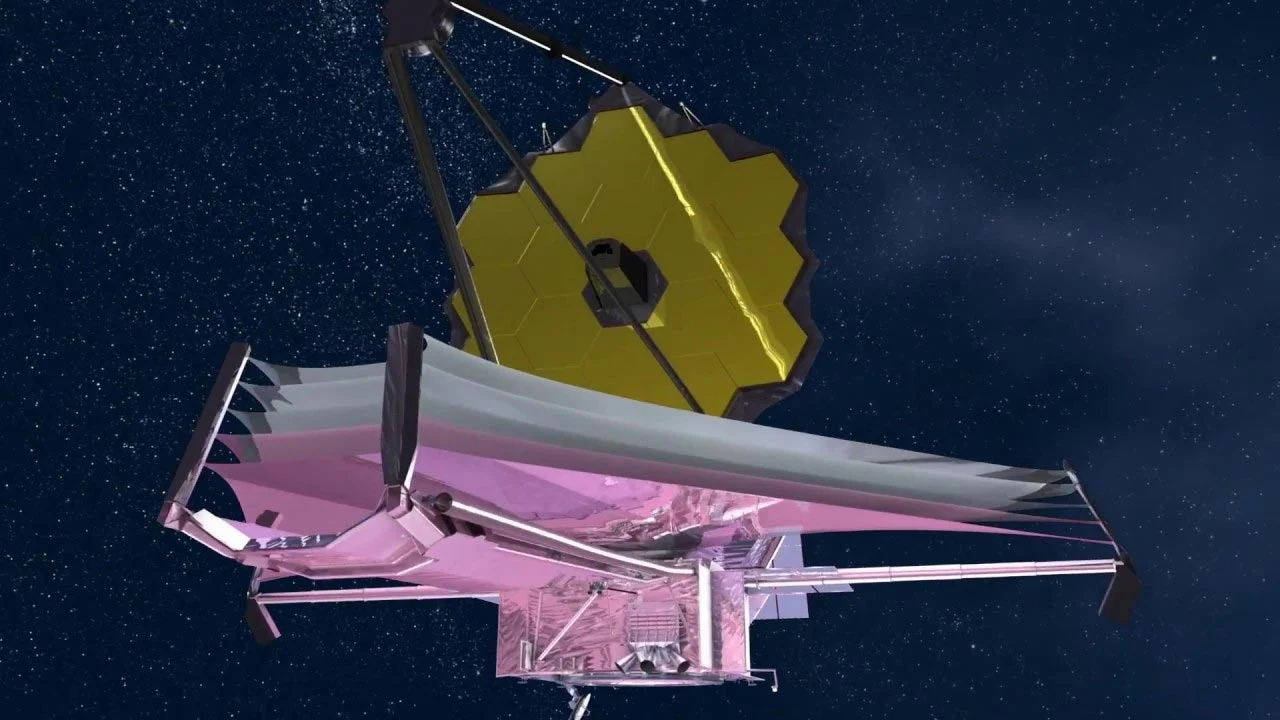
Source: NASA
This technology is vital for the ongoing search for potentially habitable planets beyond our Solar System.
LHS-1140b's Potential for Supporting Life
The combination of liquid water, a nitrogen-rich atmosphere, and the planet’s location in the Goldilocks zone makes LHS-1140b a strong candidate for supporting life.

Source: Sime Basioli/Unsplash
While most of the planet is frozen, the central ocean could provide a suitable environment for marine life, offering a unique opportunity for astrobiological studies.
Challenges and Future Research
Studying distant exoplanets like LHS-1140b presents numerous challenges. The vast distances involved make direct observation difficult, and interpreting data from these worlds requires sophisticated technology and methods.

Source: Freepik
However, the potential rewards of discovering a habitable planet make this research incredibly valuable.
The Role of Astrophysics in Exploring Exoplanets
Astrophysicists like Charles Cadieux and René Doyon are at the forefront of exploring exoplanets. Their work with the JWST and other advanced telescopes is crucial for expanding our understanding of the universe.
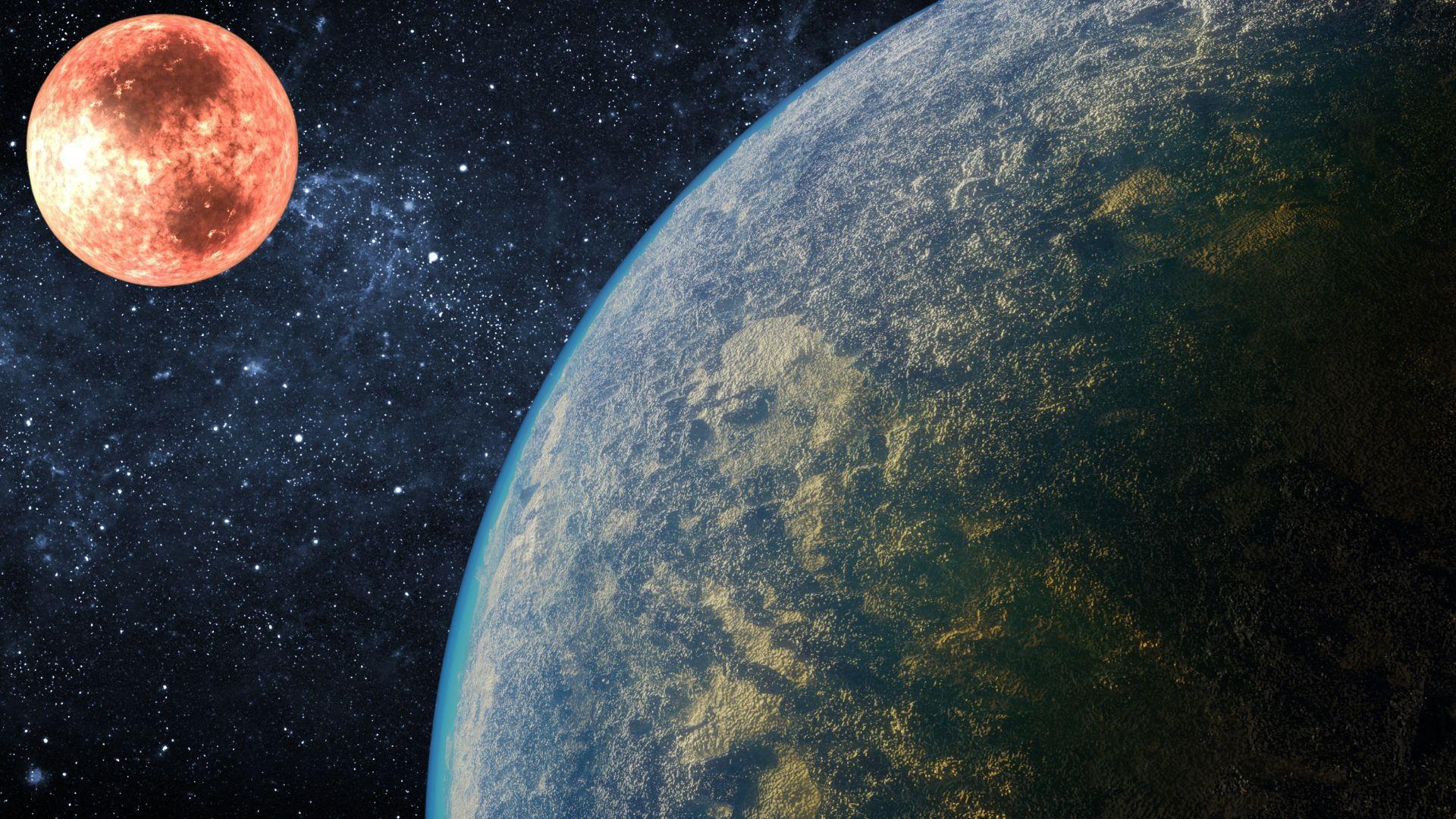
Source: Canva/Canva/Wikimedia
By studying planets like LHS-1140b, they hope to uncover new insights into the potential for life beyond Earth.
The Future of Exoplanet Research
The discovery of LHS-1140b highlights the importance of continued exoplanet research. As technology advances, astronomers will be able to study these distant worlds in greater detail.
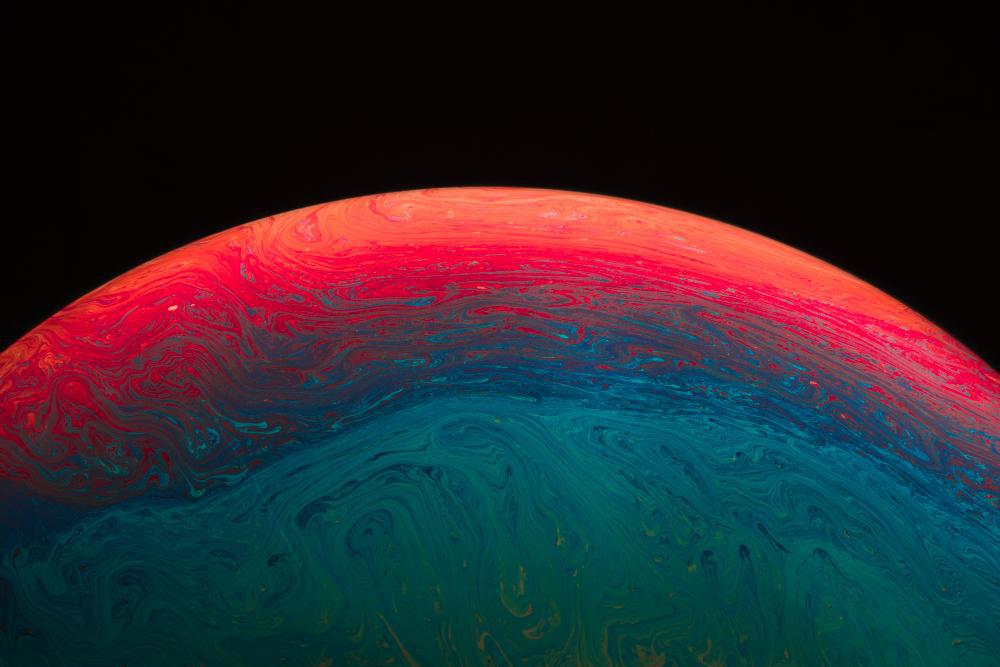
Source: Wikimedia
Each new finding brings us closer to answering one of humanity’s most profound questions: Are we alone in the universe?
